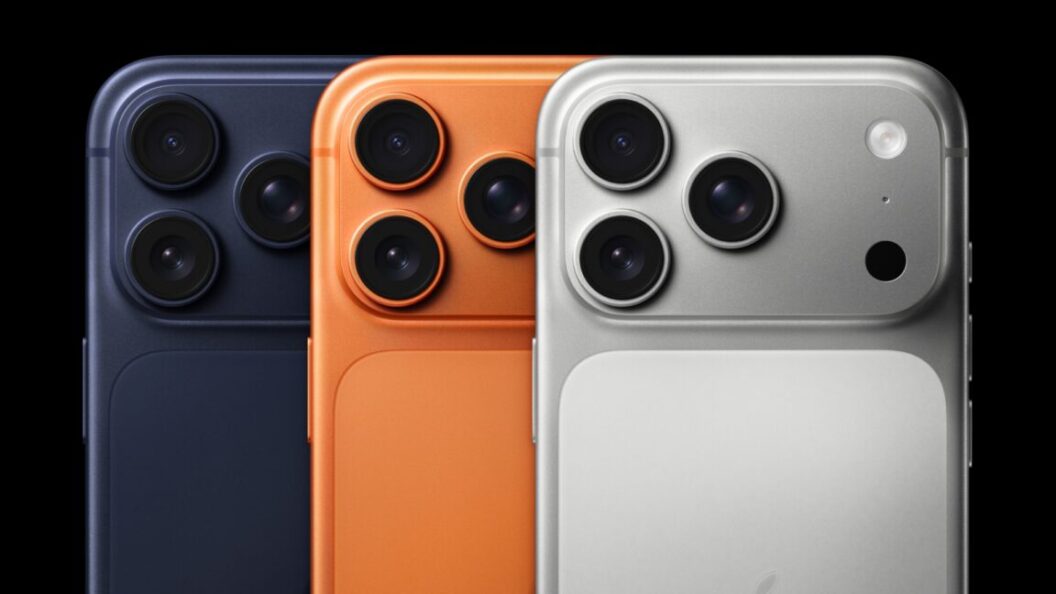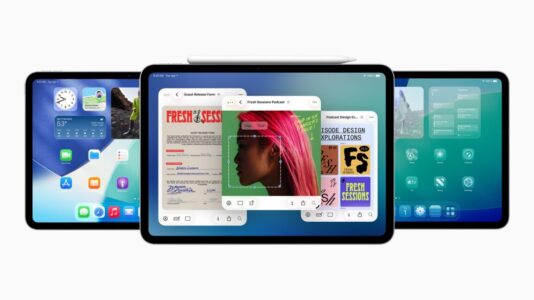Apple Advances Its Wireless Technology with New Chips
Apple, a leader in consumer electronics, has made significant strides in developing its own wireless chips, marking a pivotal moment in its efforts to reduce reliance on third-party suppliers. The recent launch of the iPhone 16e, which featured Apple’s C1 modem, and the new iPhone Air, equipped with the advanced C1X variant and the groundbreaking N1 chip, highlight this evolution. The development signifies a milestone in Apple’s ambition to establish a more integrated ecosystem.
Launch of the C1X and N1 Chips
This year has witnessed a notable departure from Apple’s previous reliance on third-party wireless technology providers like Qualcomm and Broadcom. The introduction of the C1X modem in the iPhone Air promises enhanced performance, building on the foundations laid by the C1 modem in the iPhone 16e.
The N1 chip, a noteworthy addition, is set to revolutionize wireless connectivity in Apple devices. This chip supports Wi-Fi 7, Bluetooth 6, and Thread, which are critical for achieving high-speed wireless transfers. While Apple has not elaborated deeply on the N1’s specifications, early reports suggest it will significantly improve the functionality of features such as AirDrop and Personal Hotspot, which rely on a combination of Bluetooth and Wi-Fi.
Enhancing Continuity Features
One of the most compelling benefits of the new N1 chip is its potential to enhance several continuity features across the Apple ecosystem. Technologies that depend on seamless communication between devices—like using an iPad as an extended display for a Mac—should experience more reliable performance. The improved connections allegedly promise a smoother user experience, making the transition between Apple devices more fluid than ever.
Historically, Apple has utilized its W-series chips in devices like Apple Watches, providing Bluetooth and Wi-Fi connectivity, and the H1 and H2 chips in its wireless headphones. However, this launching of its own Wi-Fi and Bluetooth chip in iPhones reflects the maturation of Apple’s chip technology, allowing for faster and more robust connections tailored to meet the high demands of contemporary user needs.
Future Expansion of N1 Technology
Industry analysts anticipate that the N1 chip won’t be confined to just iPhones. There is considerable speculation about its potential application in Macs and iPads in the near future. Given the support for Thread technology, its use could also extend into new smart home products such as the Apple TV and HomePod. The implications of this expansion are significant, suggesting that Apple is not just enhancing its devices but is also positioning itself for greater control over a cohesive smart home ecosystem.
Conclusion: A Strategic Move for Apple
Apple’s development of proprietary wireless chips represents a strategic shift that could redefine its product offerings and user experience. By moving away from dependency on external suppliers like Qualcomm and Broadcom, Apple is setting the stage for more integrated and reliable devices. As the rollout of the N1 chips progresses and expands to other platforms, it is expected to enhance connectivity and functionality across Apple products, reinforcing the company’s position as an innovator in the tech industry.
This forward-looking move embodies Apple’s philosophy of vertical integration, aiming to streamline its technologies and create a more cohesive user experience across its ecosystem. The full impact of these advancements will likely unfold in the coming years, with customers eagerly anticipating the benefits of more powerful and interconnected devices.









